 Image 1 of 10
Image 1 of 10

 Image 2 of 10
Image 2 of 10

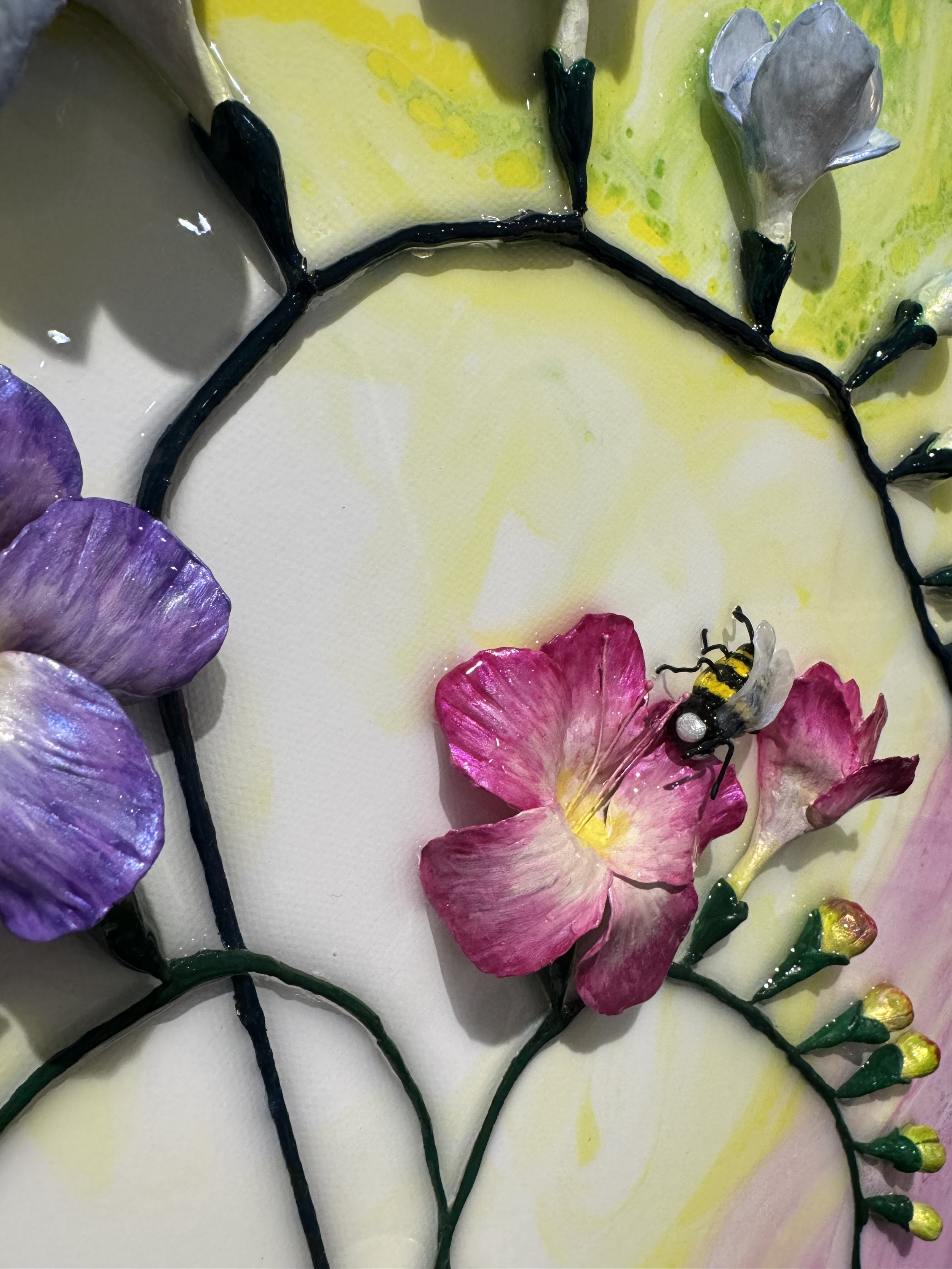 Image 3 of 10
Image 3 of 10

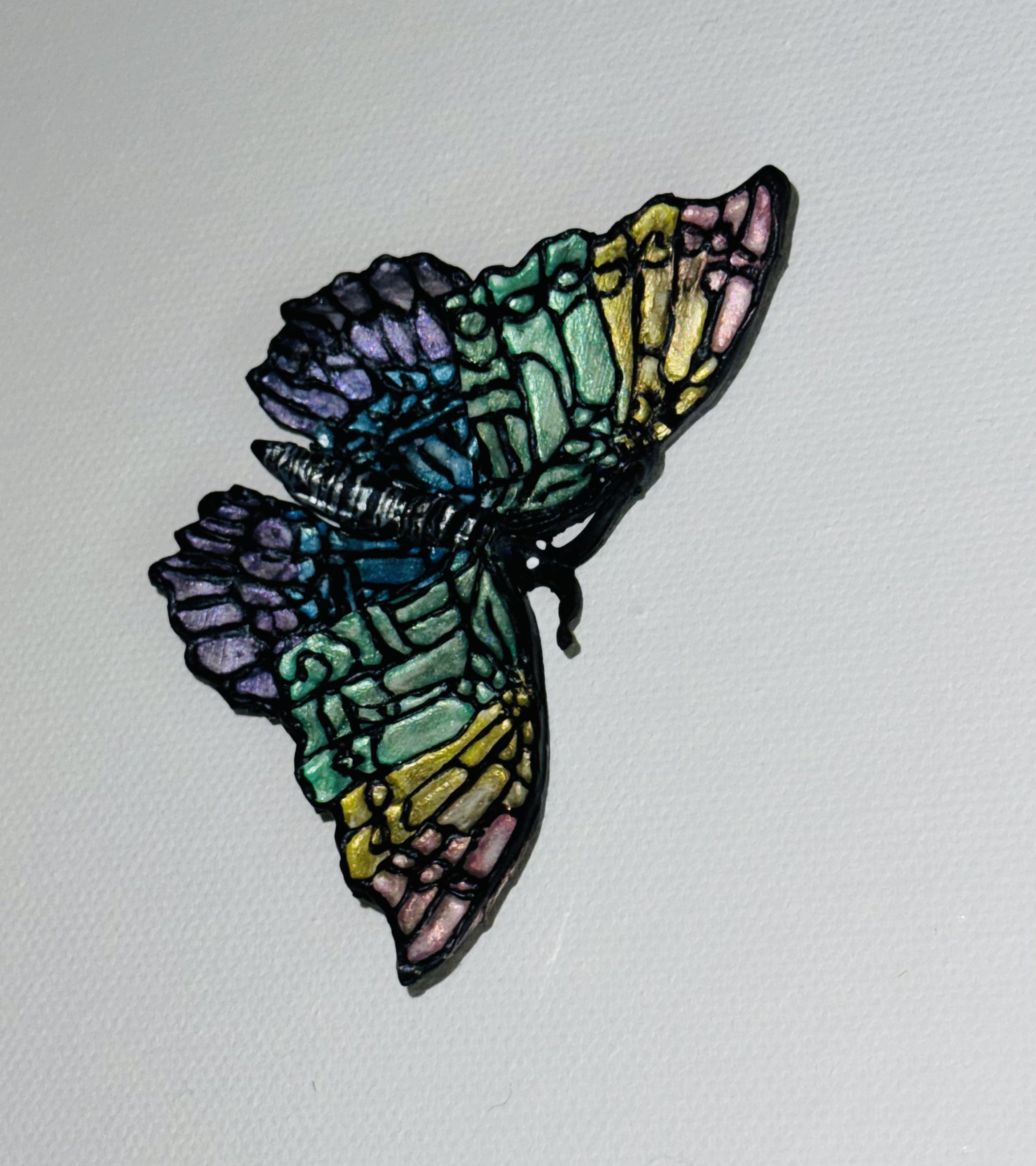 Image 4 of 10
Image 4 of 10

 Image 5 of 10
Image 5 of 10

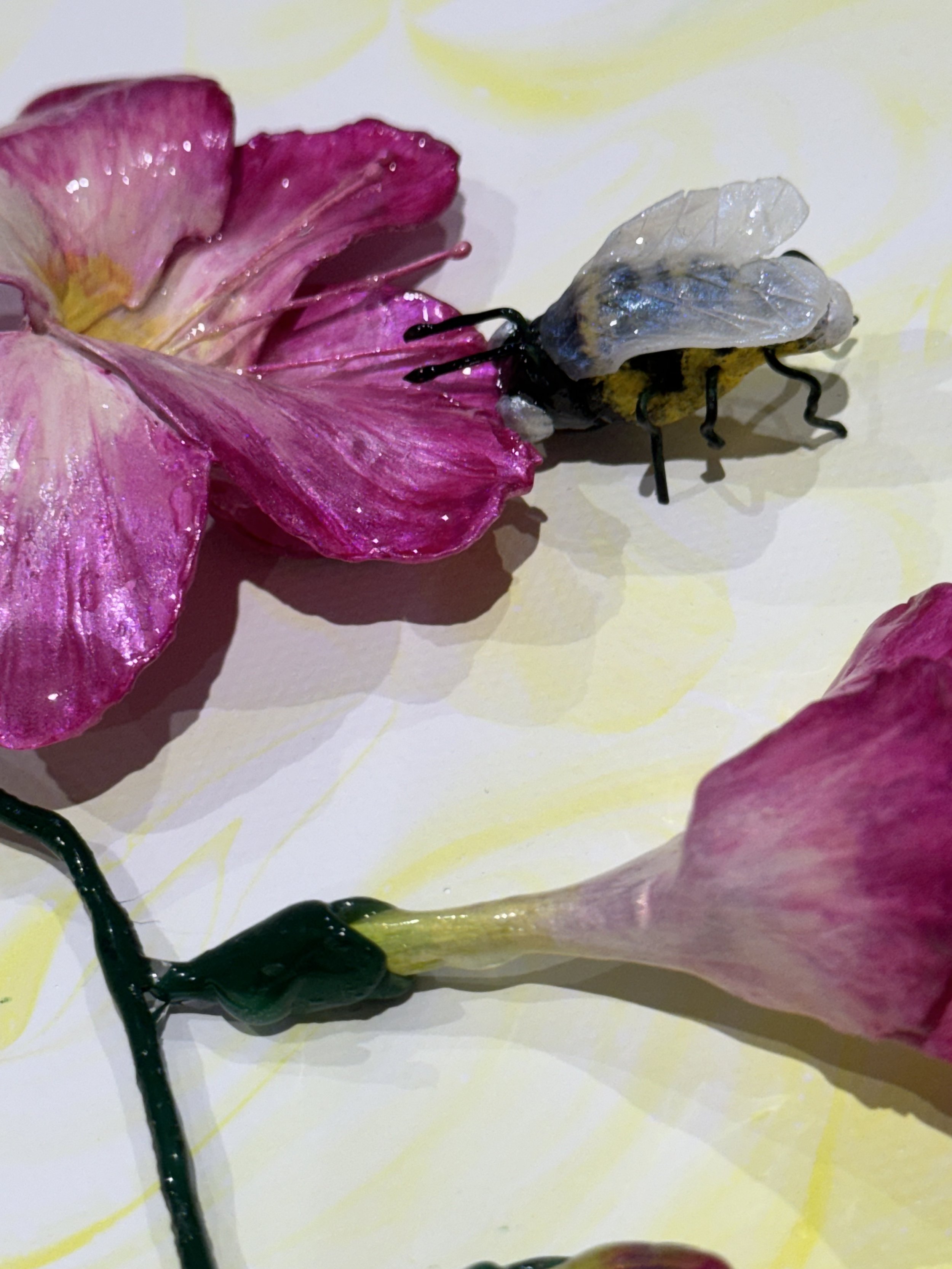 Image 6 of 10
Image 6 of 10

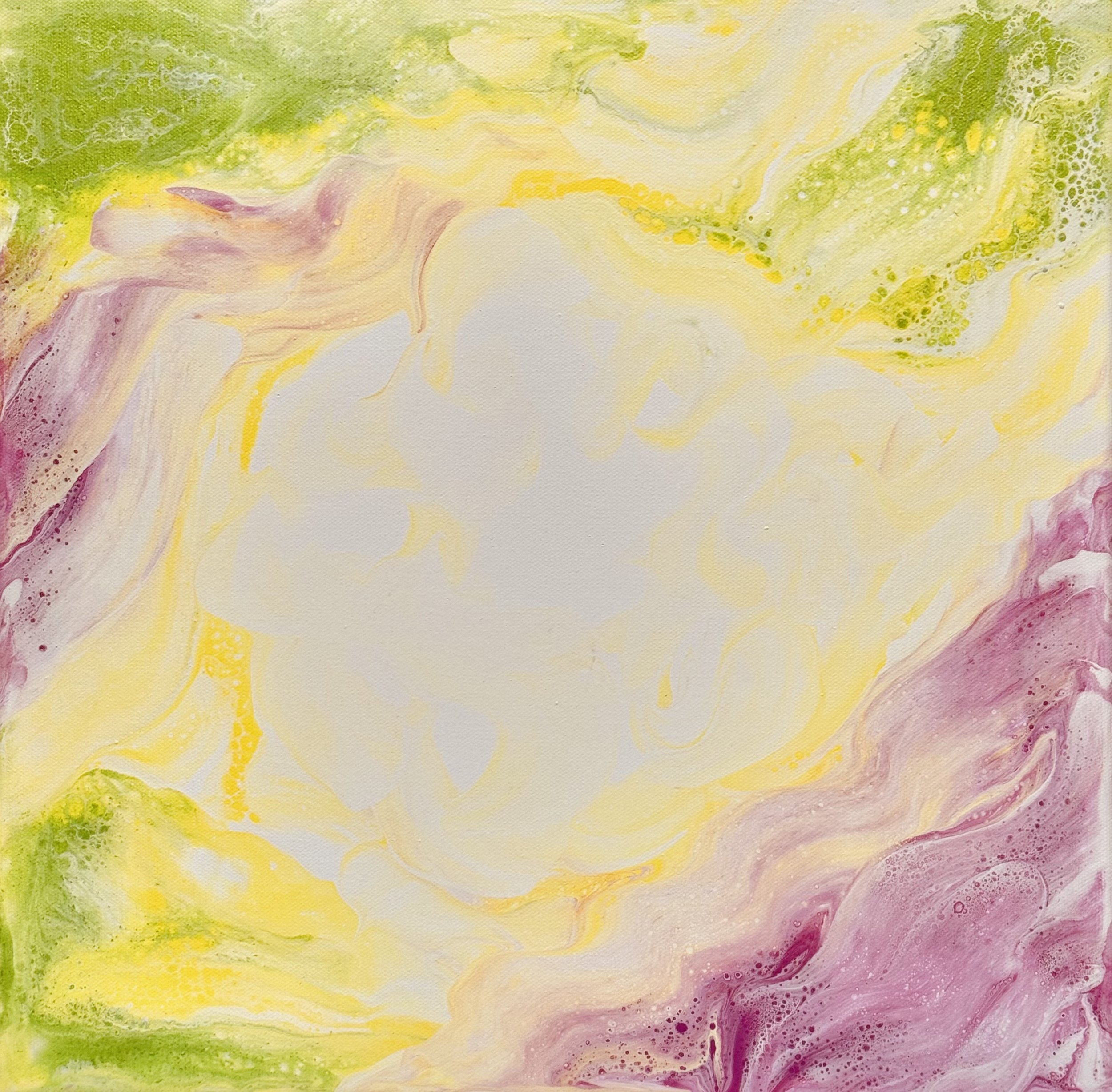 Image 7 of 10
Image 7 of 10

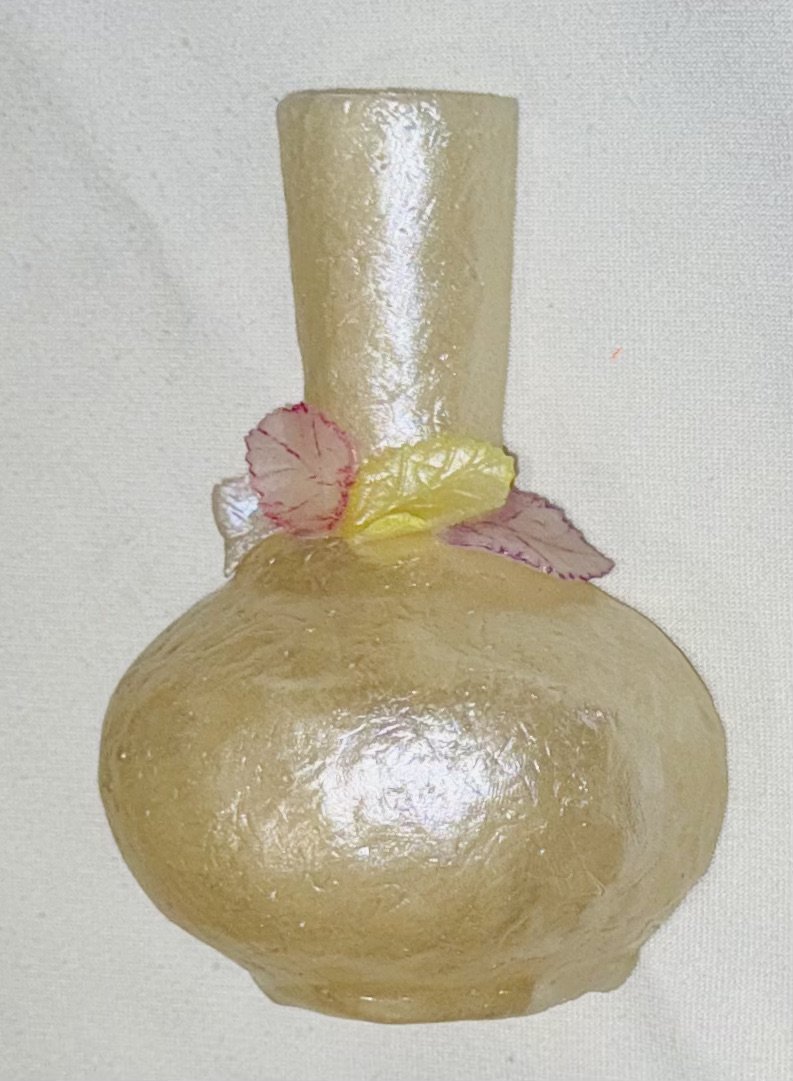 Image 8 of 10
Image 8 of 10

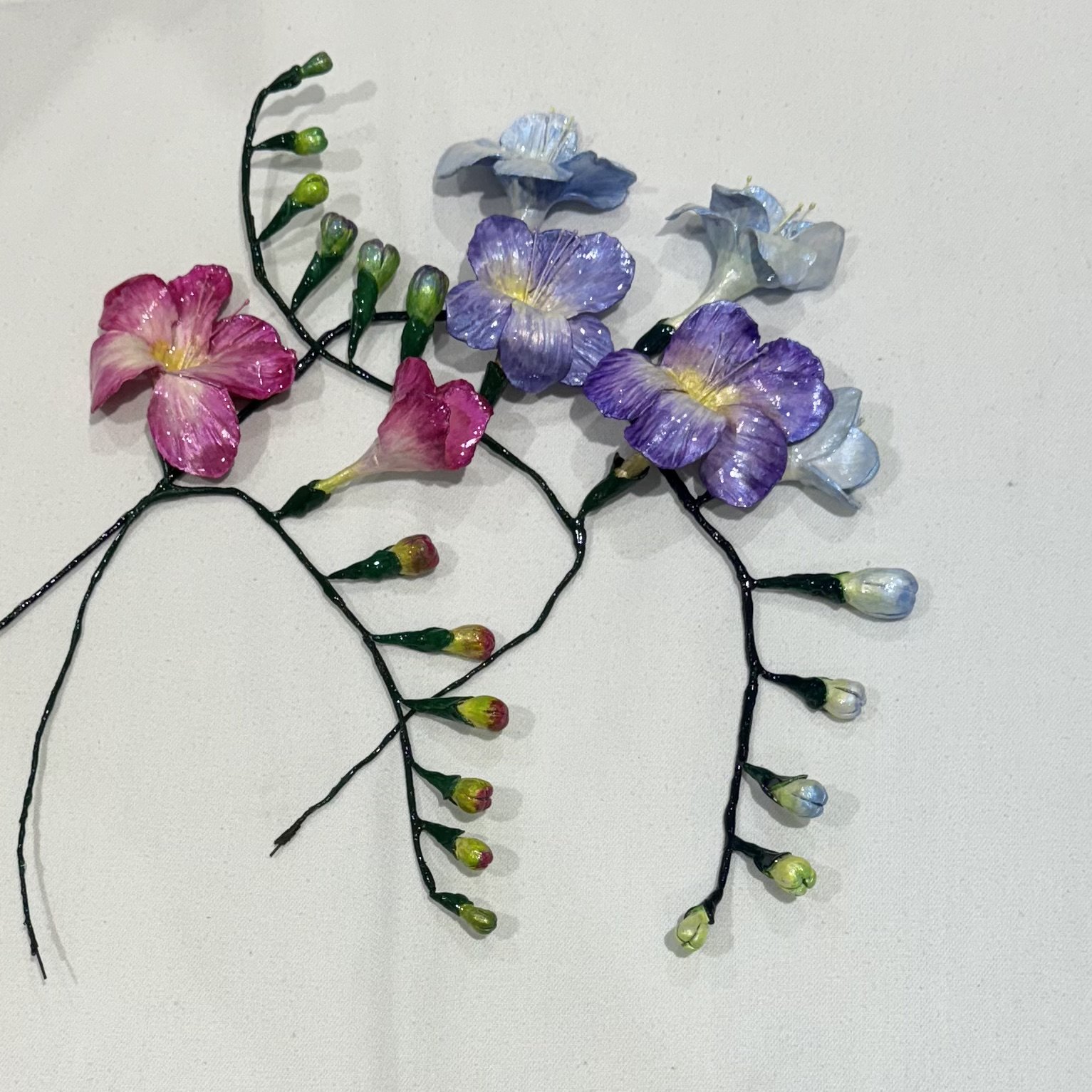 Image 9 of 10
Image 9 of 10

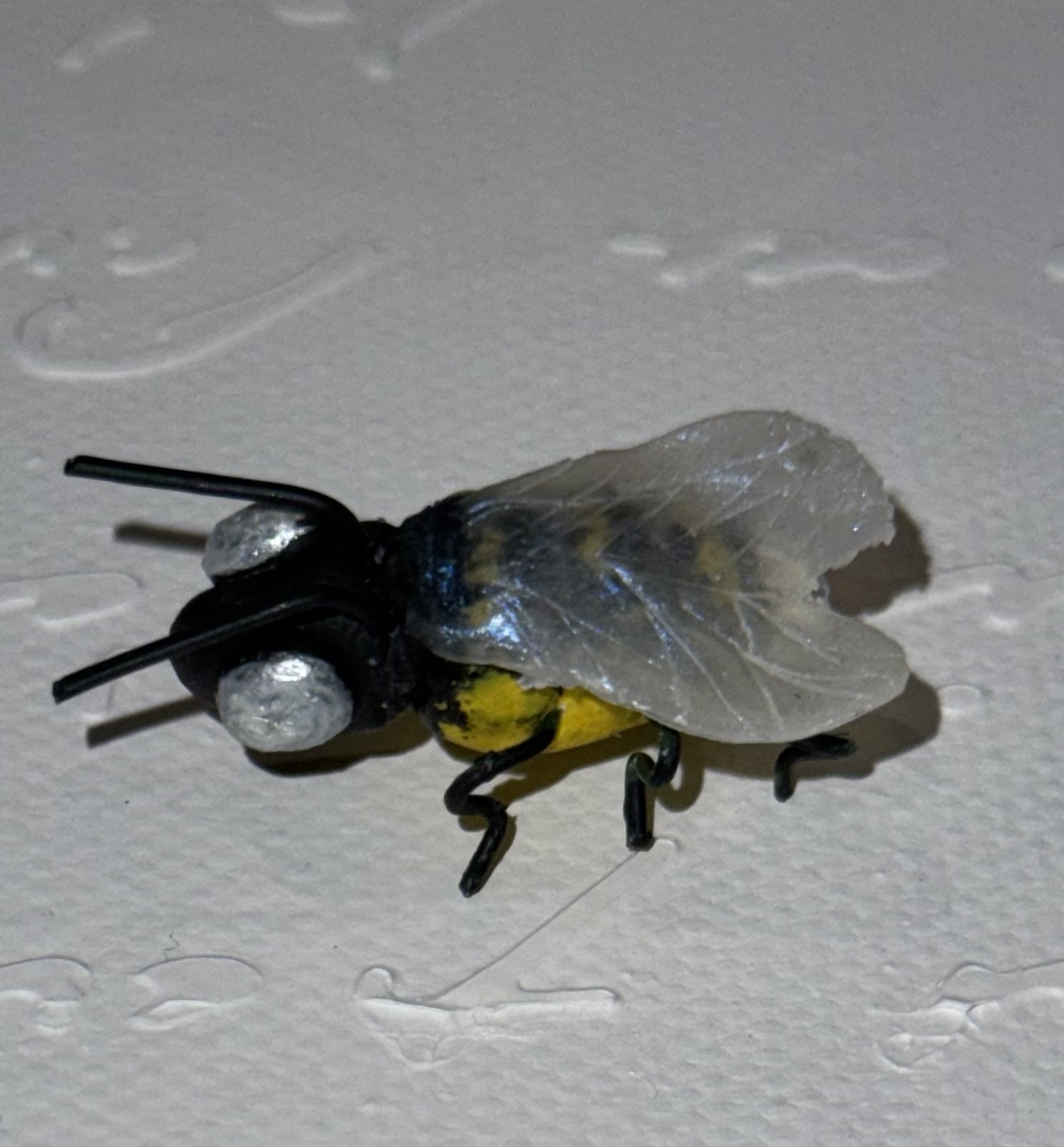 Image 10 of 10
Image 10 of 10











Freesia
When my gardener, Lee Norbury from Plants Lets Grow, invited me to contribute to his Hampton Court Flower Show 2024 display, I was thrilled to take on the challenge. The exhibit's theme revolved around the five senses—taste, smell, touch, sight, and hearing—and I was tasked with creating five unique pieces to represent each one.
For smell, a floral composition was the obvious choice—but which flower to choose? With so many beautifully fragrant options, the decision wasn’t easy.
I ultimately settled on freesia, captivated by their delicate beauty, vibrant colours, and incredible fragrance—though I soon realised the complexity of this choice! Freesias grow in sessile inflorescence, meaning multiple flowers and buds emerge from a single stem. Unlike flowers that bloom individually, this design required the intricate crafting of numerous blossoms and buds, making for an intensely detailed and demanding creative process. But once I started, there was no turning back.
As the piece evolved, it became clear that a vase was essential to complete the composition. Then, I decided to take it a step further—adding a butterfly and a bee to elevate the painting’s dimension and storytelling.
Each petal, bud, leaf, and calyx was individually sculpted from clay, hand-painted in acrylic, and sealed with resin. The butterfly required paper-thin translucent clay to achieve a sense of fragility, followed by layers of delicate translucent paint to enhance the detail. The bee was an exercise in patience, created under strong magnification with fine tweezers. Its wings, made from translucent clay with a pearlescent tint, add a near-lifelike touch.
The canvas itself features a fluid, organic background, echoing the fresh tones of the freesia blooms. Assembling and arranging the components onto the surface was no small feat, but the final result is something I am incredibly proud of. This piece pushed my creative limits, and I hope you love it as much as I do!
📏 40cm square stretched canvas, 1.5cm depth
🎨 Acrylic on canvas with hand-sculpted clay elements, all individually painted and resin-coated for lasting durability.
40cm square stretched canvas 1.5cm depth. Acrylic on canvas and clay components, all hand painted and finished with resin for a durable and resilient finish.
When my gardener, Lee Norbury from Plants Lets Grow, invited me to contribute to his Hampton Court Flower Show 2024 display, I was thrilled to take on the challenge. The exhibit's theme revolved around the five senses—taste, smell, touch, sight, and hearing—and I was tasked with creating five unique pieces to represent each one.
For smell, a floral composition was the obvious choice—but which flower to choose? With so many beautifully fragrant options, the decision wasn’t easy.
I ultimately settled on freesia, captivated by their delicate beauty, vibrant colours, and incredible fragrance—though I soon realised the complexity of this choice! Freesias grow in sessile inflorescence, meaning multiple flowers and buds emerge from a single stem. Unlike flowers that bloom individually, this design required the intricate crafting of numerous blossoms and buds, making for an intensely detailed and demanding creative process. But once I started, there was no turning back.
As the piece evolved, it became clear that a vase was essential to complete the composition. Then, I decided to take it a step further—adding a butterfly and a bee to elevate the painting’s dimension and storytelling.
Each petal, bud, leaf, and calyx was individually sculpted from clay, hand-painted in acrylic, and sealed with resin. The butterfly required paper-thin translucent clay to achieve a sense of fragility, followed by layers of delicate translucent paint to enhance the detail. The bee was an exercise in patience, created under strong magnification with fine tweezers. Its wings, made from translucent clay with a pearlescent tint, add a near-lifelike touch.
The canvas itself features a fluid, organic background, echoing the fresh tones of the freesia blooms. Assembling and arranging the components onto the surface was no small feat, but the final result is something I am incredibly proud of. This piece pushed my creative limits, and I hope you love it as much as I do!
📏 40cm square stretched canvas, 1.5cm depth
🎨 Acrylic on canvas with hand-sculpted clay elements, all individually painted and resin-coated for lasting durability.
40cm square stretched canvas 1.5cm depth. Acrylic on canvas and clay components, all hand painted and finished with resin for a durable and resilient finish.
